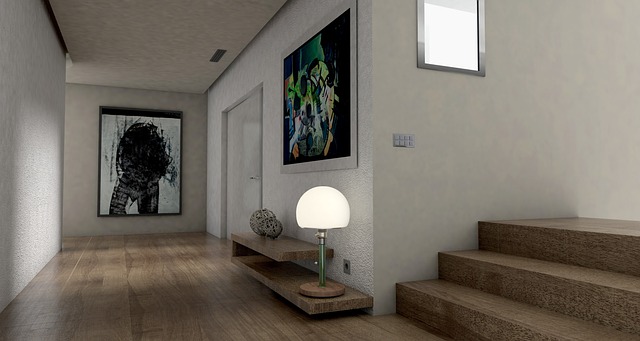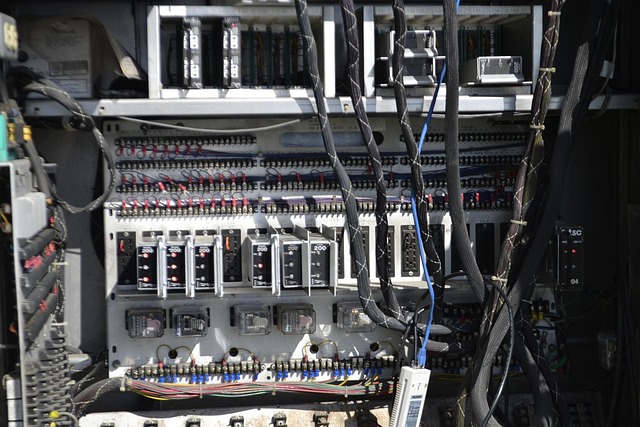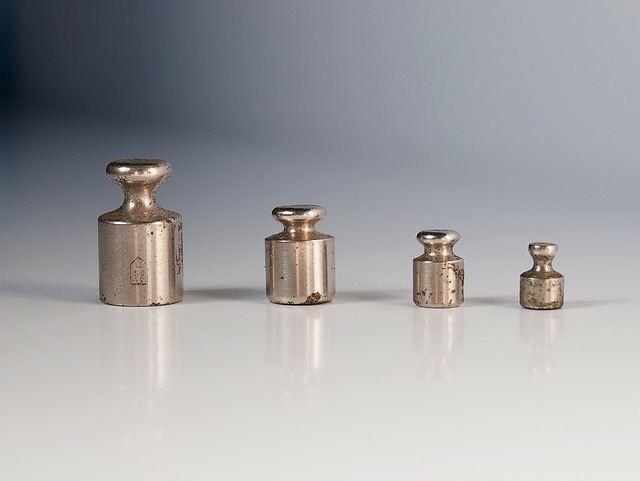The rapid advancement of technology has opened up exciting new possibilities in the realms of virtual reality (VR), augmented reality (AR), and the metaverse. One significant element that enhances these experiences is the incorporation of 3D sound. Unlike traditional stereo sound, which only provides a two-dimensional audio experience, 3D sound creates an immersive auditory landscape that brings virtual environments to life.
Imagine donning a VR headset and stepping into a digital world where every sound wraps around you, making you feel as though you are truly part of the scene. The rustle of leaves as you walk through an enchanted forest, the distant roar of a waterfall, or the subtle echo of your footsteps—these are all enhanced by 3D sound, which simulates how we naturally hear sounds in the real world. This technology uses advanced algorithms and audio processing to deliver sound from all directions, creating an experience that is not only engaging but profoundly realistic.
In the realm of augmented reality, 3D sound adds another layer of depth to interactions in our physical environment. Imagine navigating through a bustling city with augmented elements overlaid on your view. As a virtual guide speaks to you, their voice appears to emanate from their location in the real world, leading you seamlessly from one point of interest to another. This integration of sound and sight can elevate the user experience, making it feel effortless and intuitive.
As we delve deeper into the metaverse, the importance of 3D sound amplifies even further. The metaverse aims to be a shared virtual space where users can interact, create, and socialize. Here, 3D sound plays a pivotal role in fostering social connections. Imagine attending a virtual concert where you can not only see your favorite band perform but also hear the music as if you were standing in the front row. The placement of each instrument and the chants of fellow concert-goers surround you, creating a sense of community that transcends physical boundaries.
In crafting these immersive experiences, developers are increasingly prioritizing 3D sound technology. Devices and audio systems designed to support such soundscapes are becoming more accessible, allowing users to step into these worlds with a level of realism that was once the stuff of science fiction. Headphones, speakers, and VR devices optimized for 3D sound can deliver experiences that are not just seen but felt, blurring the lines between the virtual and the real.
As we continue to explore the potential of 3D sound within virtual reality, augmented reality, and the metaverse, it’s clear that the auditory experience is just as important as the visuals. This technology not only enriches our interactions but also heightens our emotional responses to these digital narratives. Every sound can tell a story, and with 3D sound, those stories become more vivid and impactful than ever before, inviting users to lose themselves in new worlds and experiences.




